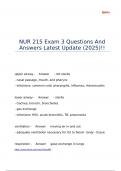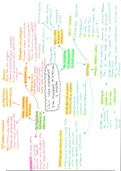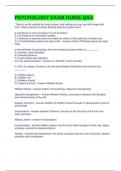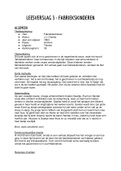Resume
Samenvatting Taalstructuren B
- Cours
- Spaans Taalstructuren B
- Établissement
- Universiteit Gent (UGent)
Volledige en correcte samenvatting Spaans Taalstructuren B van het boek A Ver deel 2 in de opleiding Toegepaste Taalkunde door de docenten Patricia vanden Bulcke en Ria Van den Hende.
[Montrer plus]








